Saturday 23rd March 2024
I still call it St Pancras even though it gained its International suffix back in 2007 and if you want to buy a ticket from a ticket machine to travel there you have to know to type in London St Pancras International.
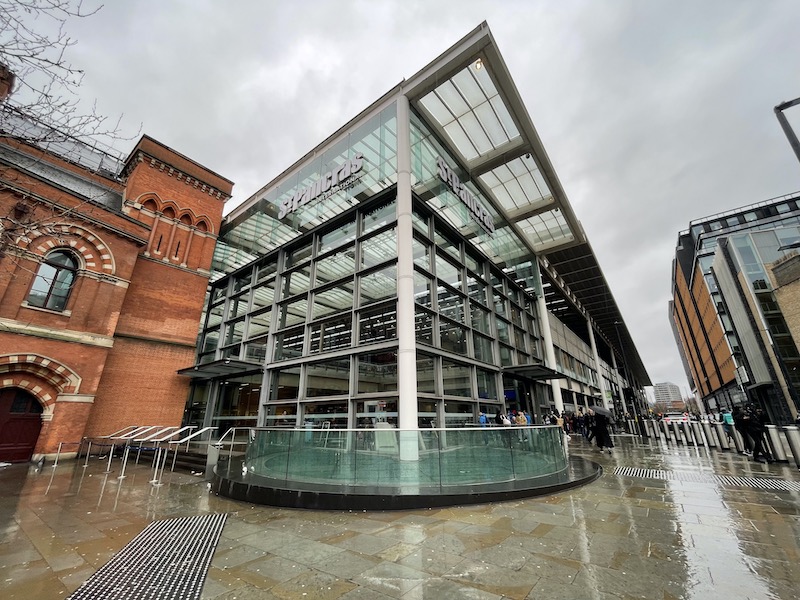
At 33,296,120 passenger journeys a year, it lies in eighth place in Britain’s busiest railway stations’ rankings one place ahead of Farringdon, one stop along the Thameslink line, and featured in the previous blog in this series.
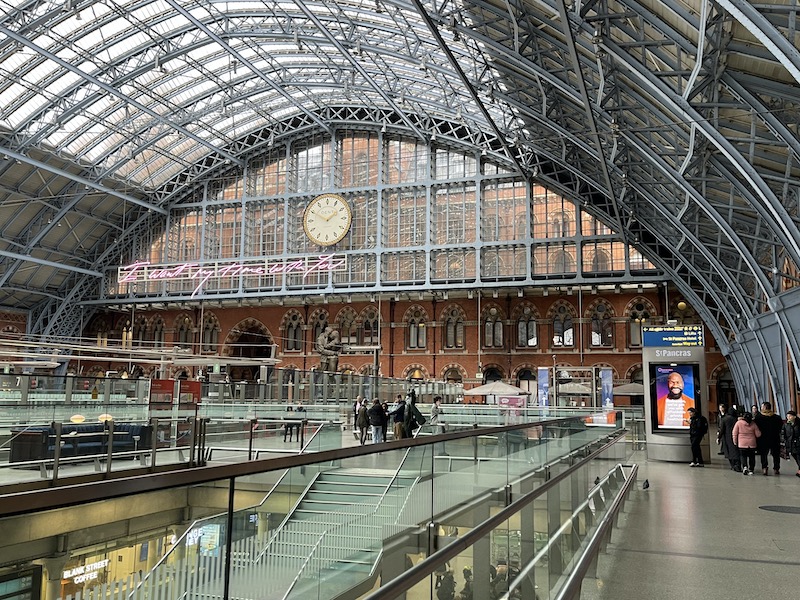
Renowned for its spectacular architecture (William Barlow’s magnificent single span iron roof) and extensive internal rebuild, opened by the late Queen Elizabeth II in 2007, to accommodate trains using High Speed 1 – Southeastern and Eurostar – from a railway perspective, St Pancras is really four stations in one.
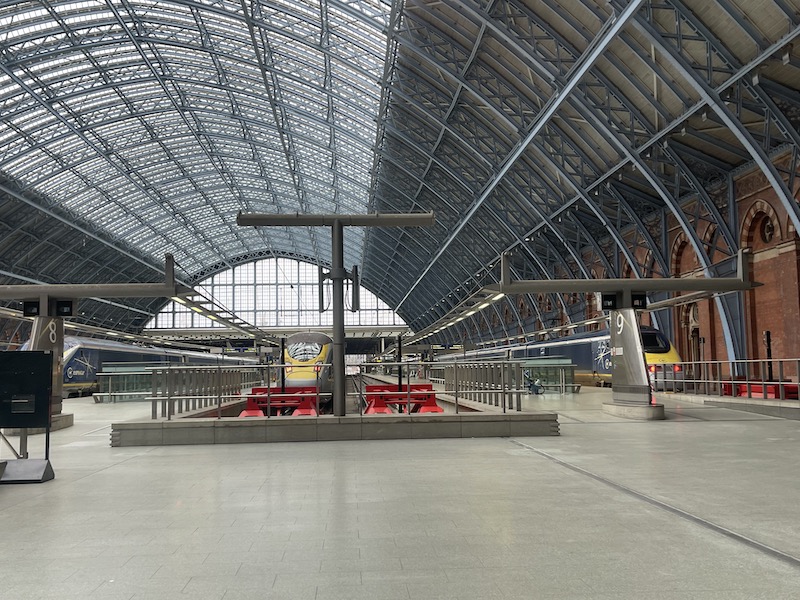
Eurostar’s platforms are obviously completely segregated from the other three by nature of security, embarkation and immigration requirements and in any event International passengers are not included in the Office of Rail and Road’s statistics.
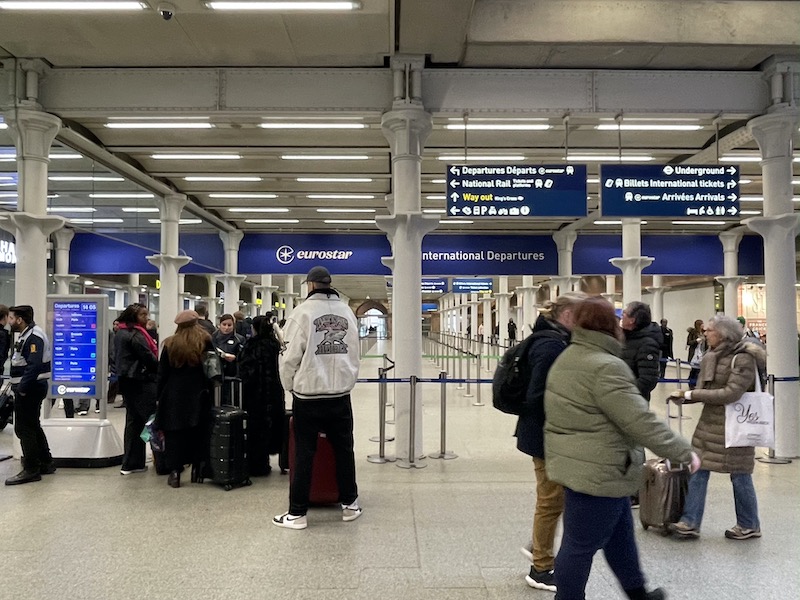
Just to the east of Eurostar are Southeastern’s three platforms for its High Speed service to Kent comprising four trains per hour – two to Ashford with one continuing to Folkestone, Dover and via Sandwich to Ramsgate and the other continuing to Canterbury West, Ramsgate and Margate; and two to Gravesend, Sittingbourne and Faversham with one continuing to Margate and Ramsgate. Additional peak hour trains operate via Gravesend to Strood and Maidstone West.
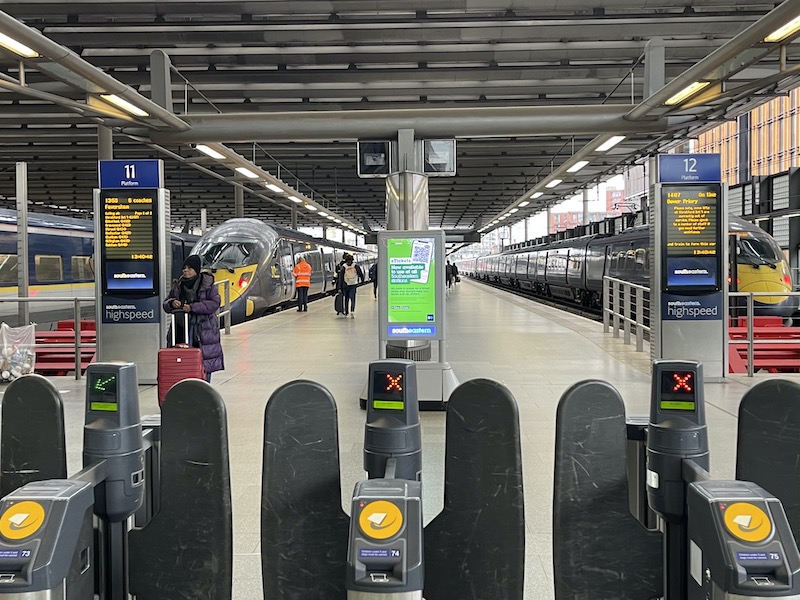
To the west of Eurostar’s platforms are four platforms used by East Midlands Railway (EMR) …
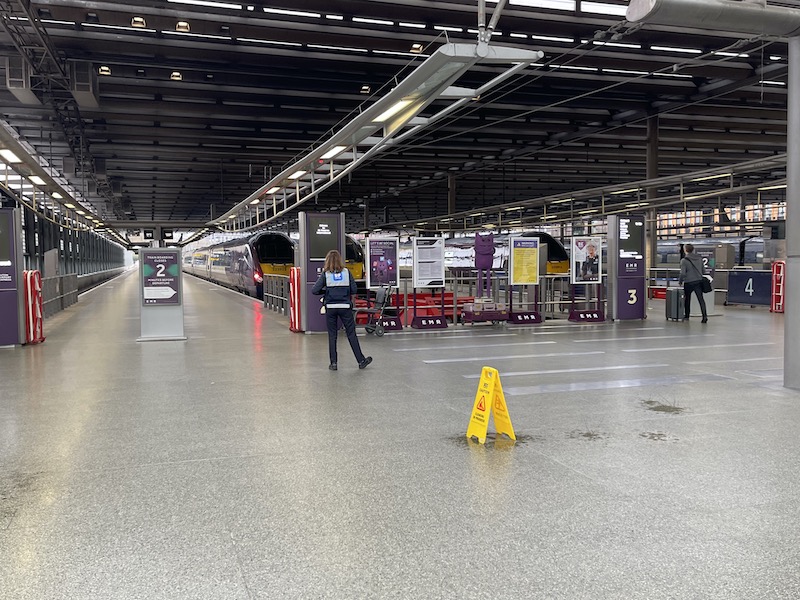
… for its six trains an hour on the Midland Main Line including two each to Sheffield (as well as Derby), Nottingham and Corby.
Those platforms are all on what is now regarded as first floor level, accessed by lifts and escalators (including at least one needing renewal already) …

… with a waiting area before the tickets gates, where, particularly with EMR, passengers are often kept until fairly close to departure time before being let through the gates.

Prior to the rebuild, this level was the normal level at which all activity took place while what is now regarded as ground floor level was a basement area famed for acting as a beer cellar.
Now it’s a high class retail area with top brands no doubt attracted by the well heeled passengers kicking their heels before being allowed through check-in and passport control to board their Eurostar train.
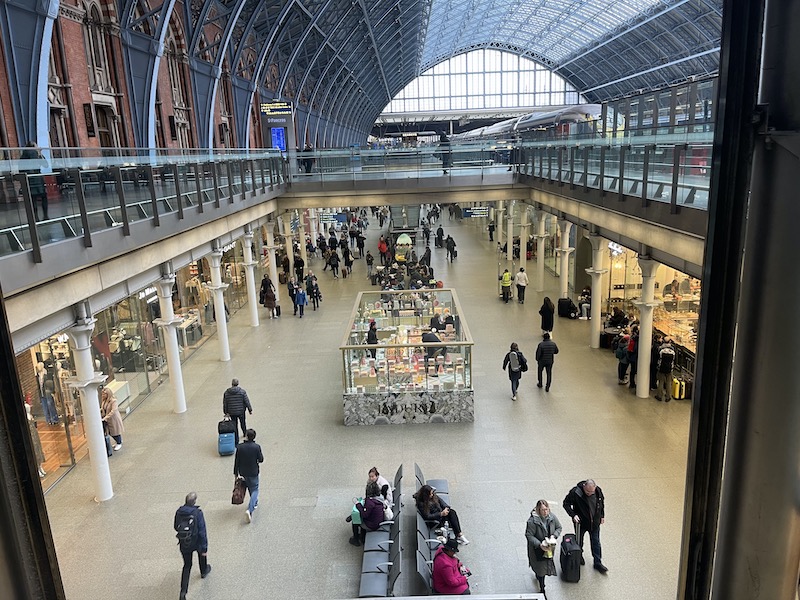
Unique among London termini the station also has two separate National Rail ticket offices. One operated by GTR run Thameslink and one by EMR but you’d never know from the exterior branding. It baffles me why anomalies like this continue. Surely it doesn’t need the establishment of Great British Railways to sort detail like this out?
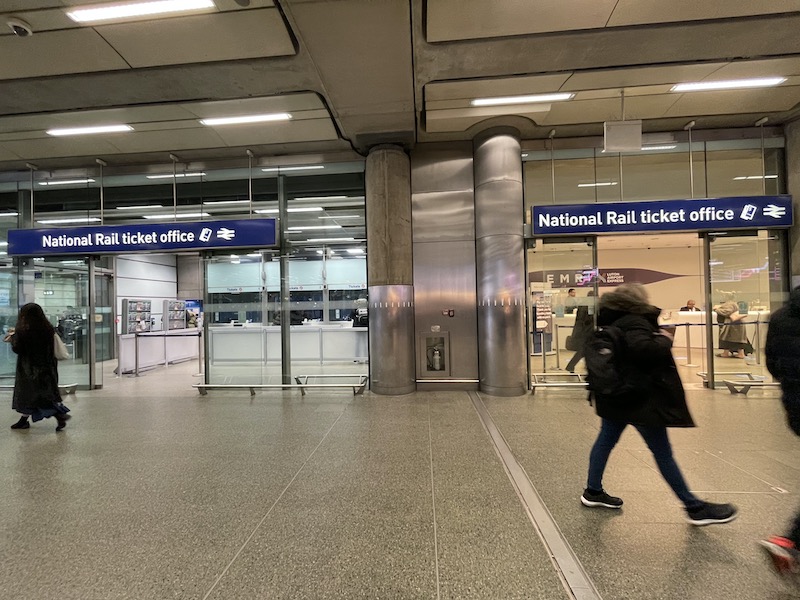
There are also three different branded sets of ticket machines around the station if you know where to look – EMR and Southeastern…
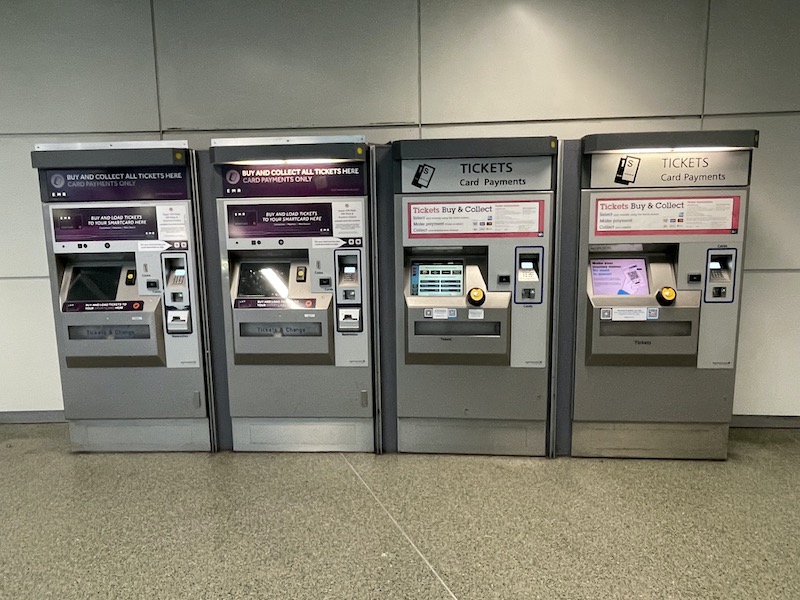
… as well as Thameslink.
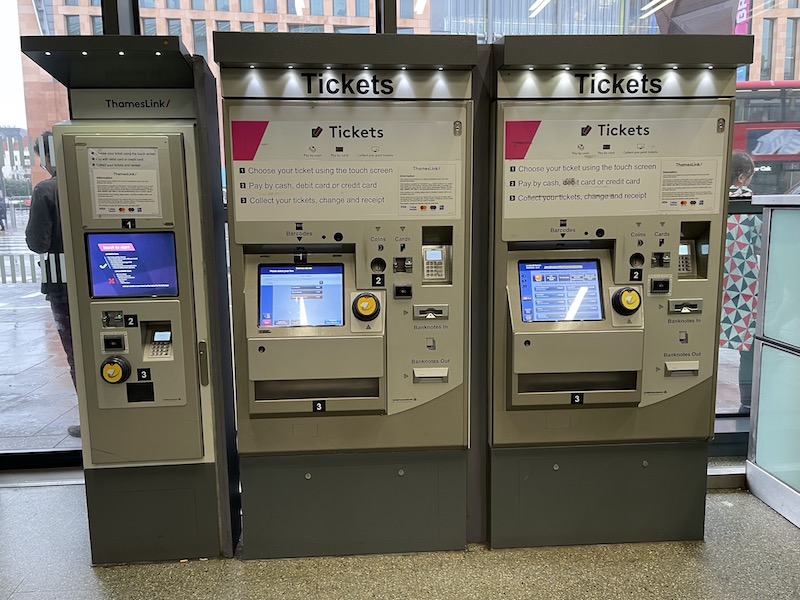
The two platforms for Thameslink, the fourth segment of the station, are at underground level …
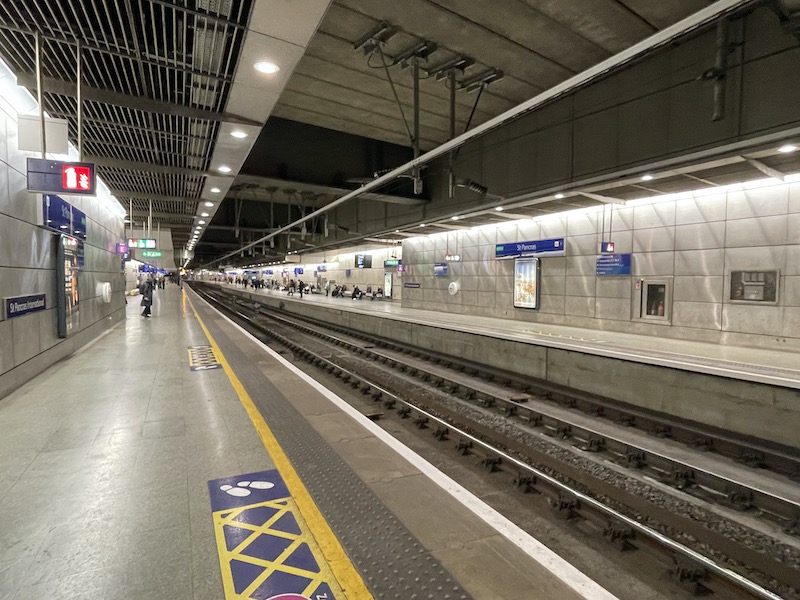
… accessed from a gateline …
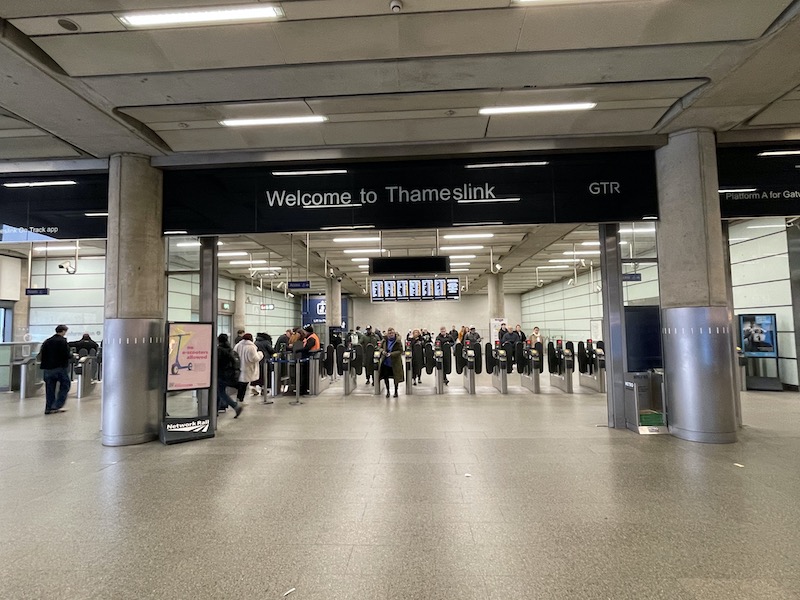
… by the station entrance/exit in the appropriately named Midland Road.
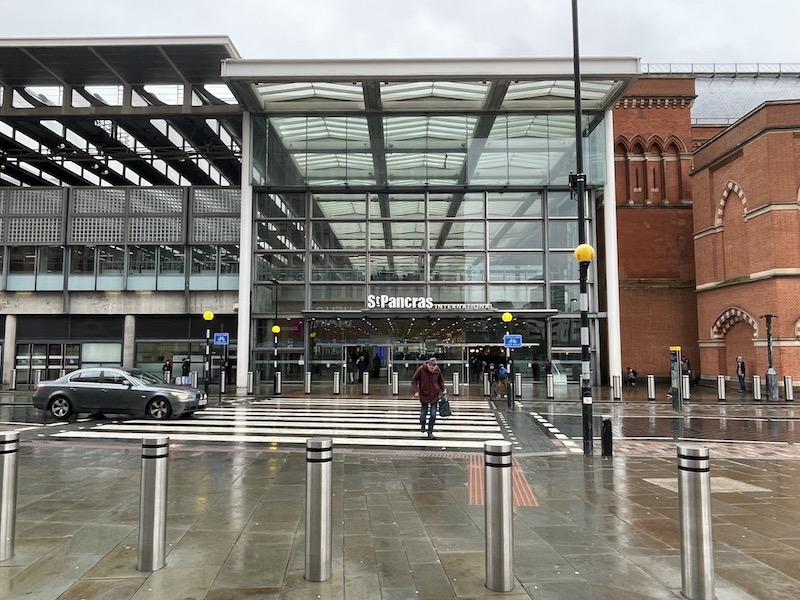
As explained in the Farringdon blog, Thameslink operate 12 trains an hour in each direction off peak supplemented by eight more in the peak.
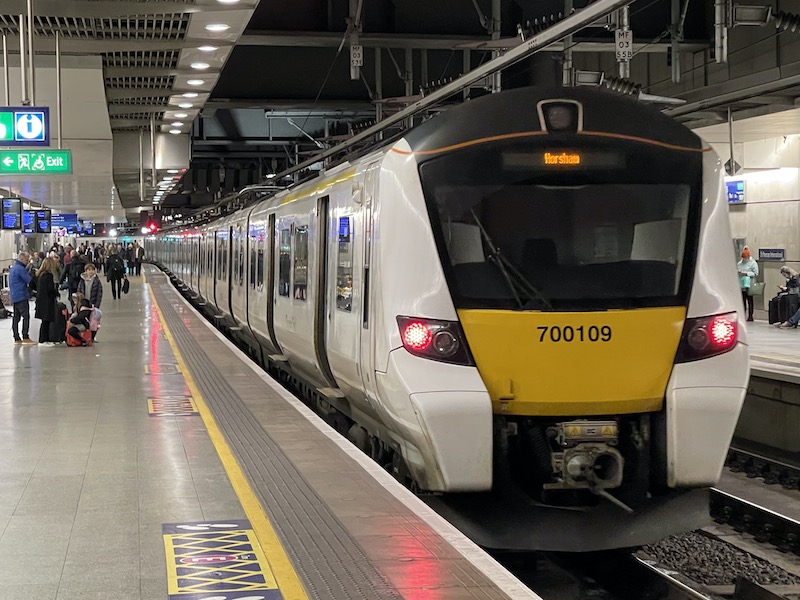
As a result of all the foregoing domestic passengers have a wide range of destinations available from St Pancras including Ramsgate, Canterbury, Dover, Folkestone, Ashford, Faversham, Brighton, Horsham, Cambridge, Peterborough, St Albans, Corby, Leicester, Derby, Nottingham, Chesterfield and Sheffield.
Both Gatwick and Luton Airport have regular services with the former being the 6th busiest railway station outside of London and the latter enjoying a Connect branded non-stop service in just 22 minutes (23 minutes southbound) while at the other extreme St Pancras also enjoys regular services to one of London’s least used stations (fifth in the bottom 10) – South Merton on the Sutton/Wimbledon loop on Thameslink.
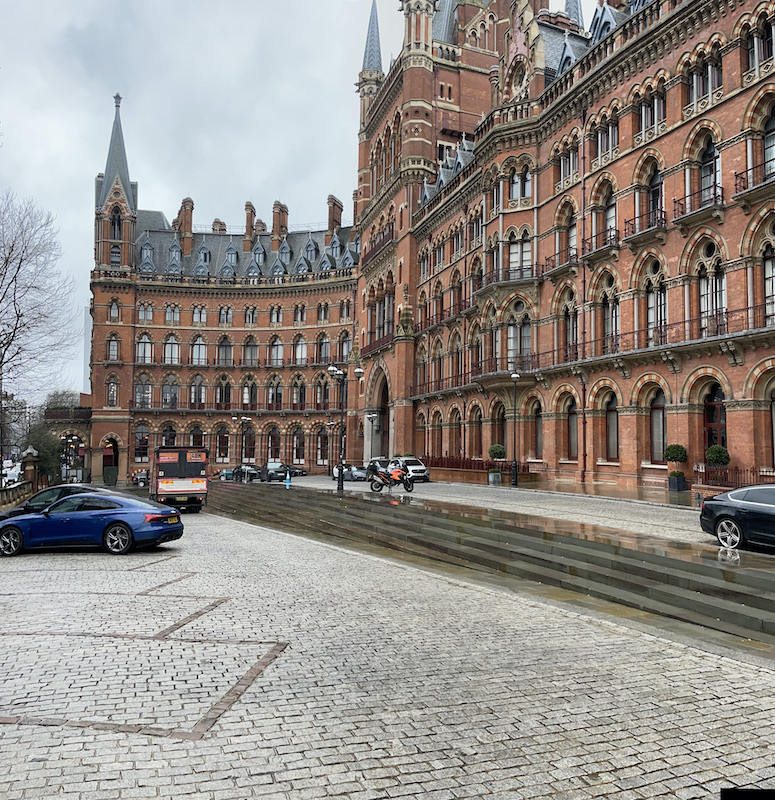
Following the station’s official opening in 1868 the Midland Railway constructed the impressive and architecturally acclaimed Midland Grand Hotel at the front facade facing Euston Road but unbelievably almost 100 years later in the 1960s plans were hatched to close and demolish the station and divert trains into neighbouring Kings Cross and Euston.
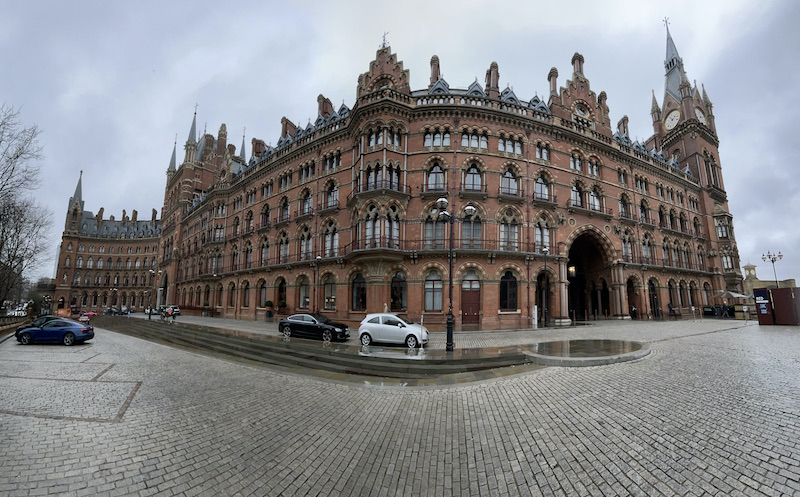
Thankfully such a crazy idea came to nothing and instead the station has gone on to become one of London’s most admired termini.

Personally I’m not bothered by the retail offer, but those who like a wander around the shops have a wide variety to choose from…
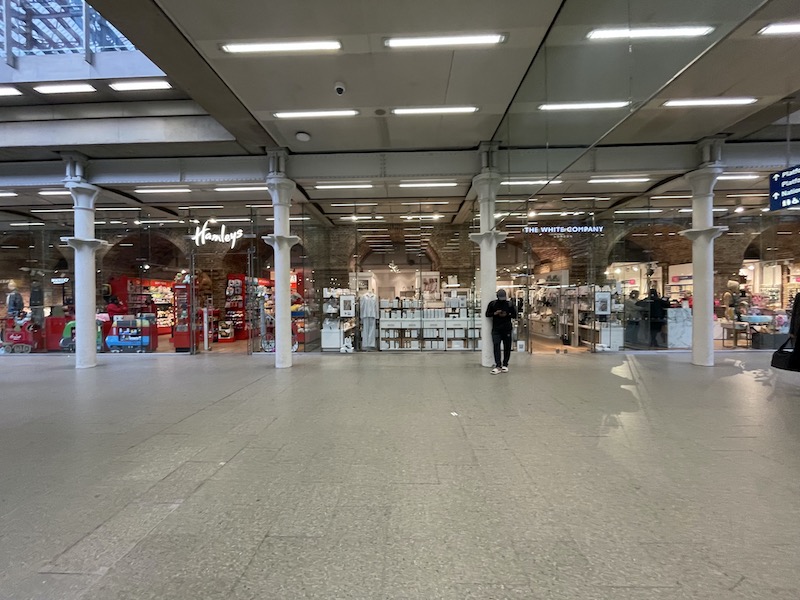
including many of the well known names having two outlets including M&S Simply Food, WH Smiths, Greggs, Starbucks, and Pret..

Some of the outlets offer grossly overpriced coffees in my opinion …

… but for those who want to indulge there are restaurants…

… luxury bars …
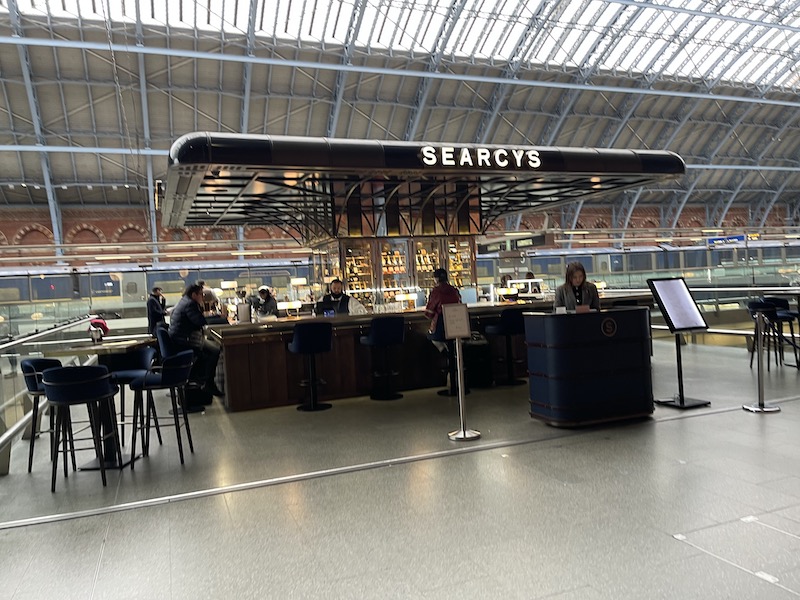
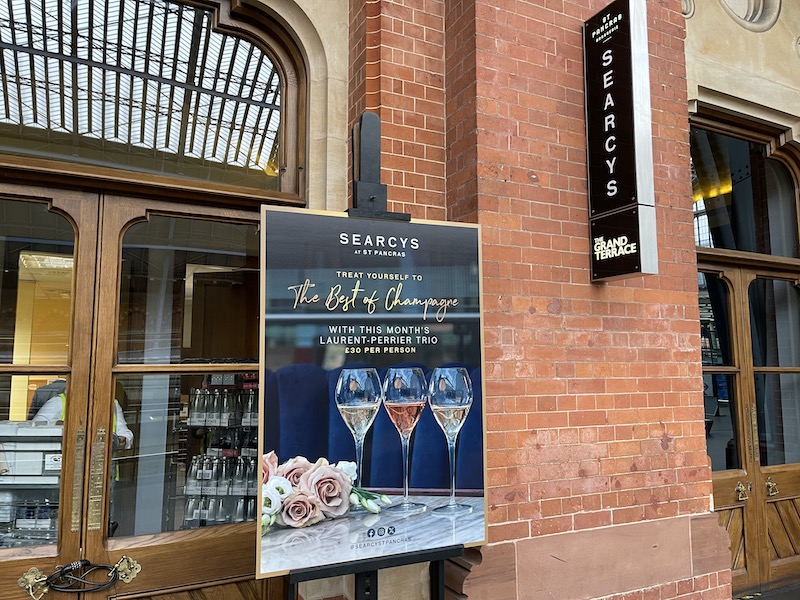
… and a whole variety of refreshment options available…

… some housed in the wonderfully restored part of the station at what is now ‘first floor’ level.

It’s a pity as much attention as engaging the retail opportunities in the 2007 revamp wasn’t paid to the provision of toilets as St Pancras joins the list of stations offering a completely inadequate supply, especially for women.
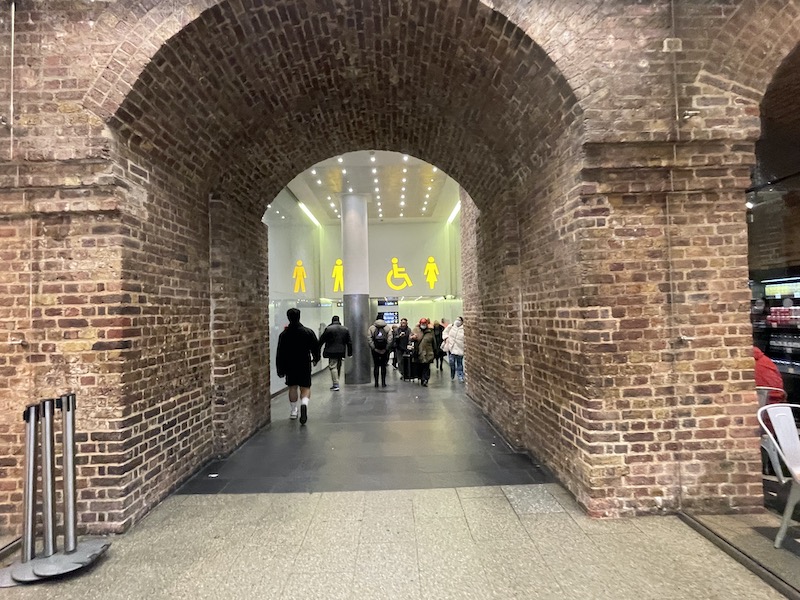
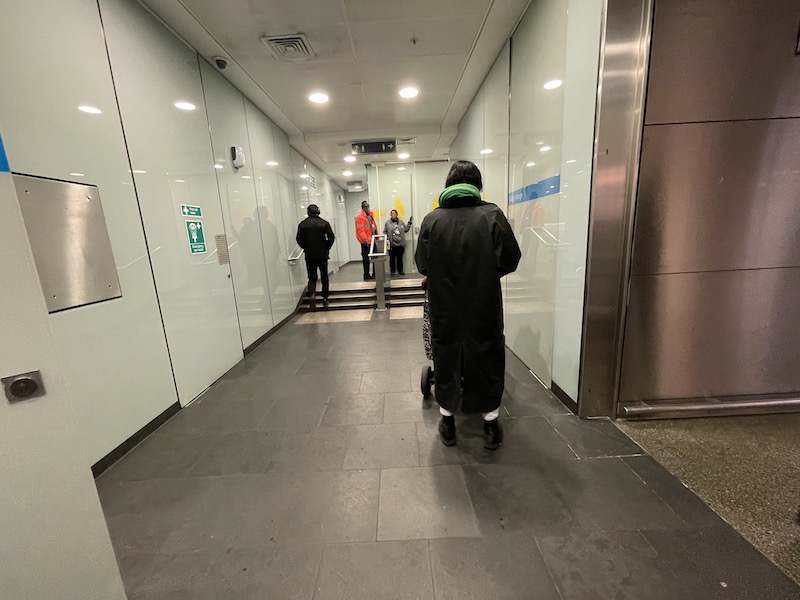
As well as the entrances/exits already mentioned on to Midland Road and the Euston Road frontage there’s a very busy entrance/exit opposite Kings Cross on the other side of the even more appropriately named Pancras Road (no ‘St’ though) between which there’s much interchange, indeed trains to Peterborough and Cambridge leaving from St Pancras are shown on the departure board in Kings Cross.
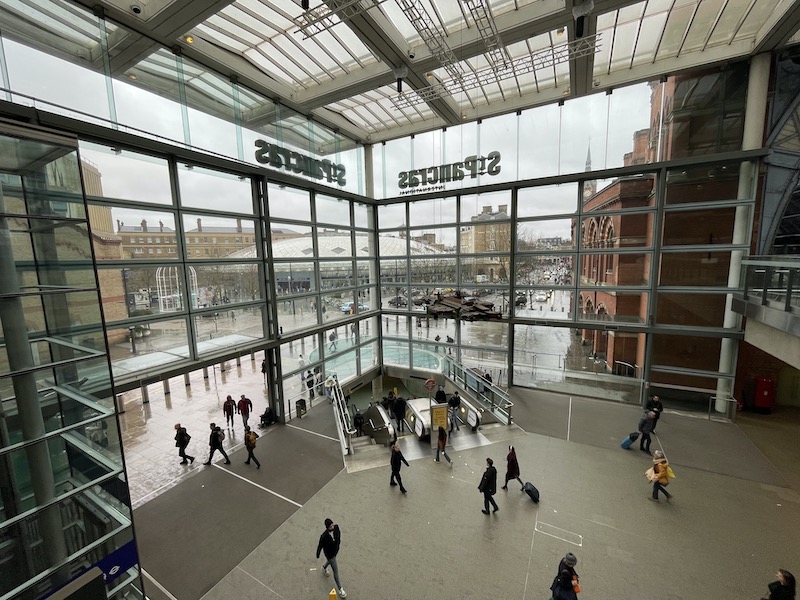
There’s another little used entrance/exit and that’s to and from the ‘coach station’ …
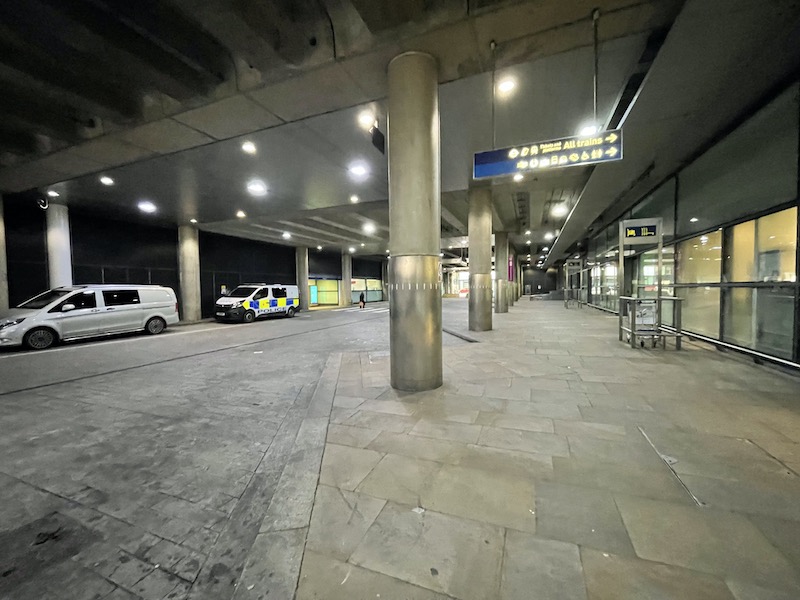
… at the north end of the concourse under the railway tracks accessed by a corridor beyond the toilets.
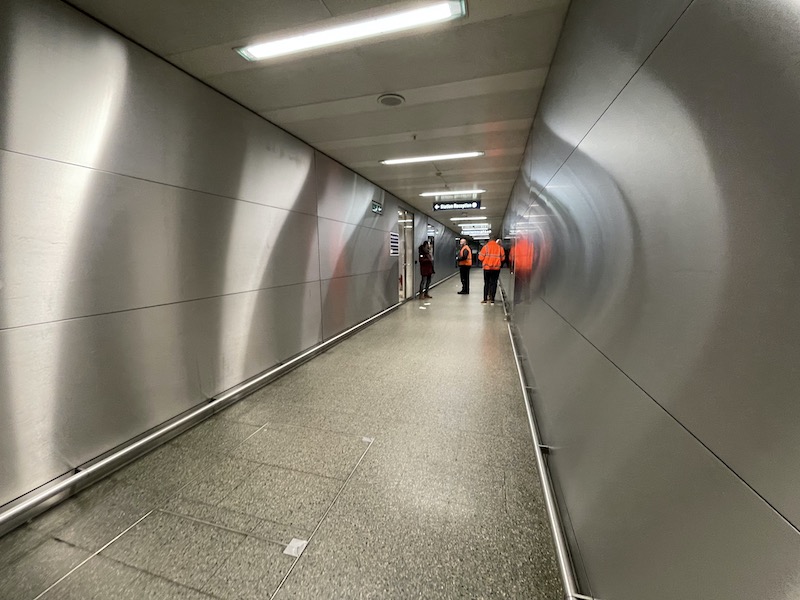
Other notable features on the first floor include a large bronze statue – The Meeting Place by Paul Day …
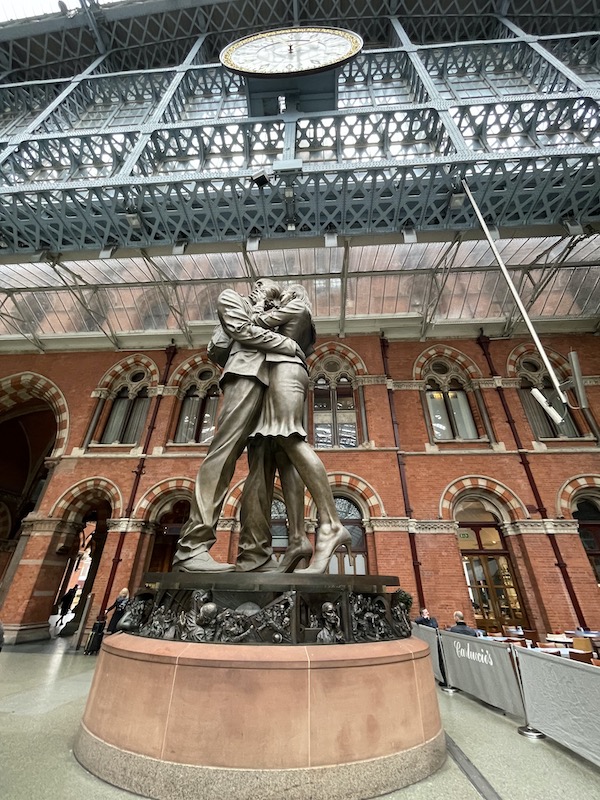
…. one of John Betjeman by Martin Jennings…
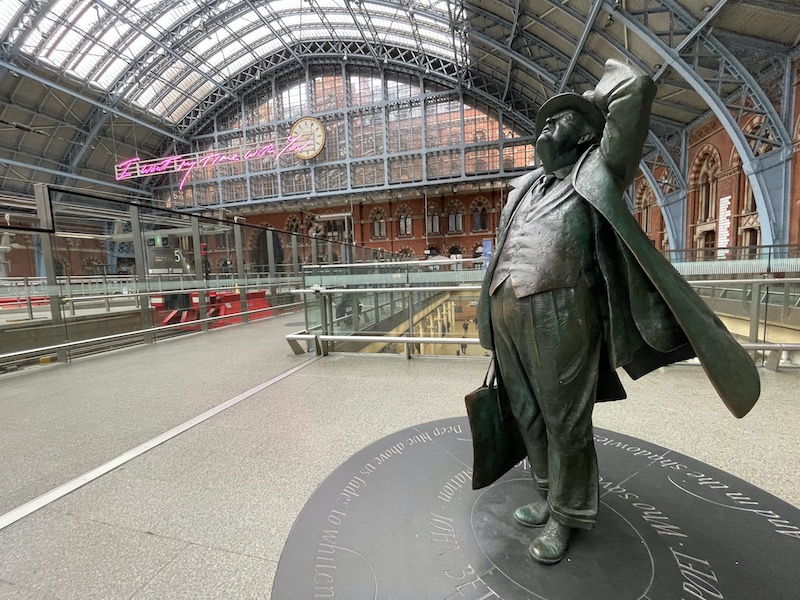
… a couple of pianos on the ground floor, one of which was donated by Sir Elton John who once gave an impromptu performance from it…

… a flying thing above the concourse by the Kings Cross entrance/exit…
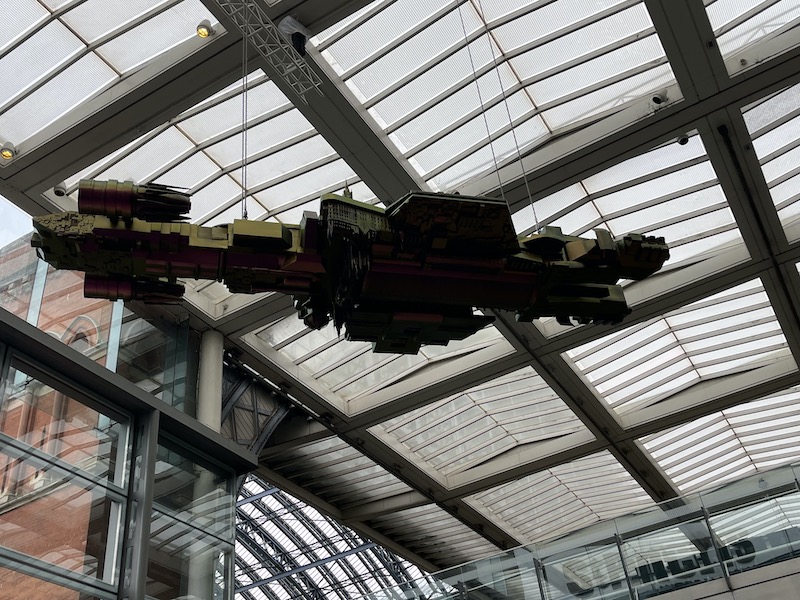
… and recently installed nice bright departure board divided into the four station segments …
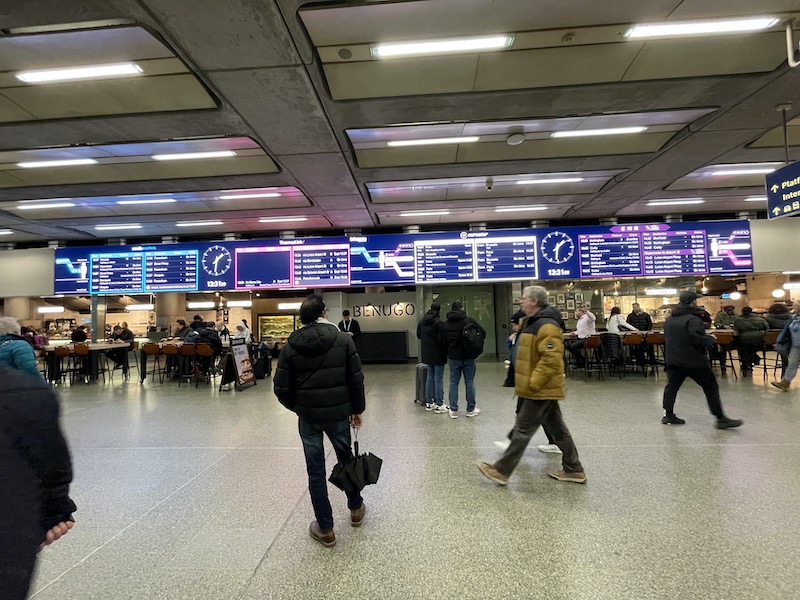
… together with a diagram explaining which way to walk.

There are also two access portals to the Kings Cross St Pancras Underground station used by six lines – Circle, Hammersmith & City, Metropolitan, Northern, Piccadilly and Victoria. One at the southern end of the station…

… and the other at the northern end…
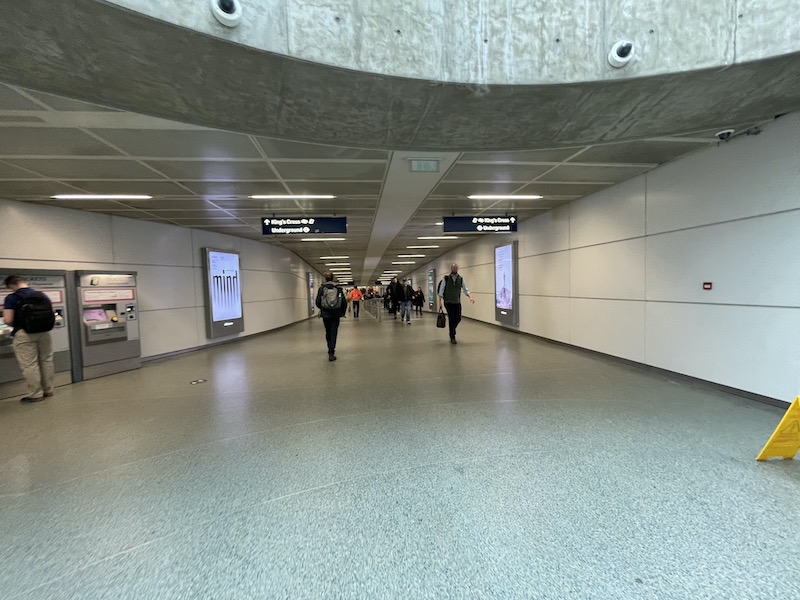
… with various access points from inside and immediately outside the station.

In 2018 the station was connected to the East Coast Main Line when trains started using the newly constructed Canal Tunnel at the north end of the Thameslink platforms with trains linking Peterborough and Cambridge with Horsham and Brighton respectively.

There’s a left luggage facility…
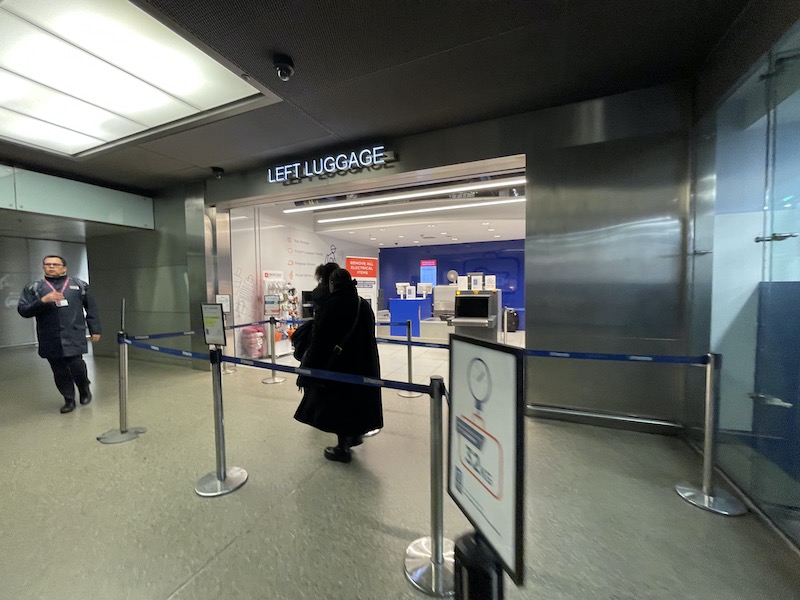
.. but, aside from in front of the EMR gateline, there are very few seats for such a busy station.
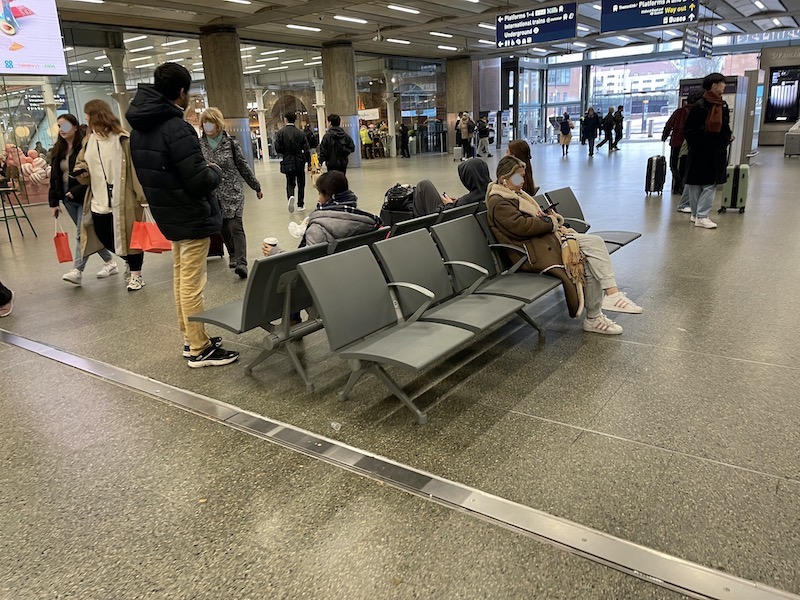

Seats and toilet provisions aside, St Pancras is a magnificent station and I always enjoy travelling through, to or from it.
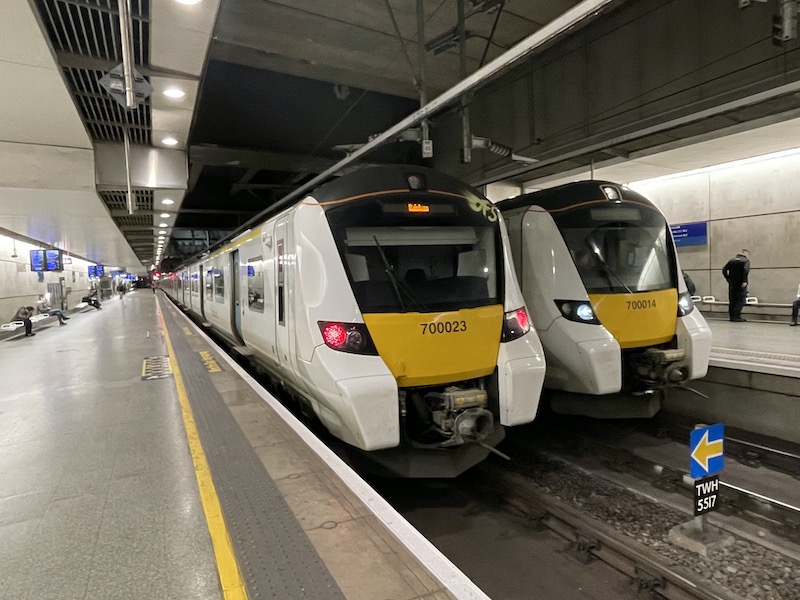
Roger French
Previous blogs in this Britain’s Busiest Railway Stations series: No 10 Euston; No 9 Farringdon.
Blogging timetable: 06:00 TThS
Comments on today’s blog are welcome but please keep them relevant to the blog topic, avoid personal insults and add your name (or an identifier). Thank you.

Another good article Roger. As a frequent Eurostar traveller I use the station regularly. I also worked opposite it for nearly 20 years in the 80s and 90s and remember ringing up a number at British Rail if one of the letters on the then prominent Gill Sans illuminated sign was out of action. In those days Travellers Fare were still occupying some of the offices there and you could just wonder in and admire the architecture.
The toilets are an interesting issue and were actually refurbished around about 2016 to deal with a ‘gender imbalance’ issue (too many urinals and not enough cubicles for women)
Clearly as I can confirm ( as you did too) that didn’t work and there are now inadequate urinals at busy times and still queues for the ladies. They also seem to have used poor quality materials as some of the units are frequently out of action and the hand dryers are a bit ‘ hit and miss’. That’s progress for you. Perhaps we will get another refurbishment soon. I should also add there are other toilets near the left luggage area but these could perhaps do with more signing.
Martin W
LikeLike
(Second attempt to leave this comment after WordPress didn’t recognise me and rejected it). Signage between the station and the Tube is appalling – if you don’t know your way you end up wandering about helplessly or being sent down a long and unnecessary detour. And good luck if you need to do it using the lifts!
LikeLike
I can remember a time when the basement was used for car parking – very gloomy and not easy to negotiate all those pillars! In the 60s it was a gloomy and dirty station with, off-peak, only about three or four departures per hour – how things change!
Andrew Kleissner
LikeLike
An excellent treatise Roger
LikeLike
Beautiful station and a thoroughly excellent review.
When the station was changed to incorporate Eurostar, the gate line for the Midland Mainline was moved a fair way out to create the champagne bar. This means it is a fair old walk for arriving passengers, especially if they are at the north end of the train, which is exacerbated by the likelihood of carrying bags.
EMR opening the gate line a short time before departure is another frustration as there is not enough seating for a full trainload of people to sit near to the gates.
Add in the downgrading of stock from inter city to DMU and it makes traveling down to Derbyshire more attractive by car rather than two trains and a tube.
Gareth Cheeseman
LikeLike
The one real pity is that the way the shopping centre was designed resulted in a far longer walk to the EMR platforms than should be necessary; Network Rail and its predecessors really do seem to view the “catching a train” bit of a station as secondary. My other gripe is the escalators from booking hall to platform level which face away from the ticket offices so you have to double back round them, compounded by the first pair both coming down instead of one up, one down.
LikeLike
Like you, I get frustrated with the walk from the Thameslink gateline to the escalators up to the East Midlands Railway platforms when I’m making a tight connection. But then when I’m on the homeward journey from the north I’m grateful for the down escalators being nearest to the EMR platforms! Ideally, all all four escalators would be side-by-side but there isn’t really enough space for the prefect arrangement
Steven Saunders
LikeLike
The escalators up from the shopping floor to the EMR platform level have to be further back, away from the gateline (as they are), because of crowding. If they were closer, then it would often be impossible to use the escalators safely because you’d be rising into a crowd with nowhere to step off.
LikeLike
at peak times, the queues for Eurostar departures snake all the way up to the North concourse, and sometimes beyond – I suspect this is the impetus for HS1 going to tender for ideas to increase capacity for international passengers. I’m not quite sure where they could put them without a fairly major reconfiguration of the retail offering.
LikeLike
For a project which won so many awards, it’s never actually been very good at the catching a train part of being a station. Excessively long walks, poor connections, duplicate ticket offices, not enough seating and loos.
LikeLike
For all intents and purposes St Pancras and Kings Cross can b e regarded as one station
LikeLike
It’s a station not fit for purpose for East Midlands Railway customers. I’m 6’2 and fit, but the walk from the Underground with minuets to spare due to delays on the Piccadilly line in an evening out is stressful due to having to stride the whole train shed to get to the EMR gate line. Even with more time to spare, most retail units close before 22:00.
When arriving on an EMR train into St P, it’s doing the same thing in reverse trying to avoid the Eurostar customers cases.
passengers using the Midland main line were not thought about when it was rebuilt. It was so easy and quick before.
LikeLike
Agreed on the East Midlands Passengers. Will more Bi-Mode trains actually mean any chance of somehow doubling the tracks at Thameslink Level – Running Brighton to Sheffield Through Trains must appeal to somebody. There is also a Harmoninum at St Pancras – tucked away right at the east side nearish the circulating area from the Metropolitan area at “Ground Level”.
JBC Prestatyn
LikeLike
My daily commute is from Birmingham to London Bridge and I walk from Euston to St Pancras Thameslink. You have pictured the pedestrian crossing on Midland Road and that is a disaster. Its a simple Zebra crossing with road traffic, taxi traffic and cycle traffic travelling south one way but as you stare that one way waiting to cross there is a northbound cycle lane.
The problem is that at peak times there is a continuous flow of pedestrians and as a result road traffic is forced to edge its way across. Its a mess and dangerous. In contrast you exit London Bridge at Tooley St and there are at least 3 sets of light controlled pedestrian crossings. That, to be honest, is excessive. Both approaches can not be right and I think St Pancras needs crossing lights.
LikeLike
Just this morning a traveller from abroad asked me in St Pancras is she was in Kings Cross. It was pretty easy to help her out and on the whole I like both stations.
MikeC
LikeLike